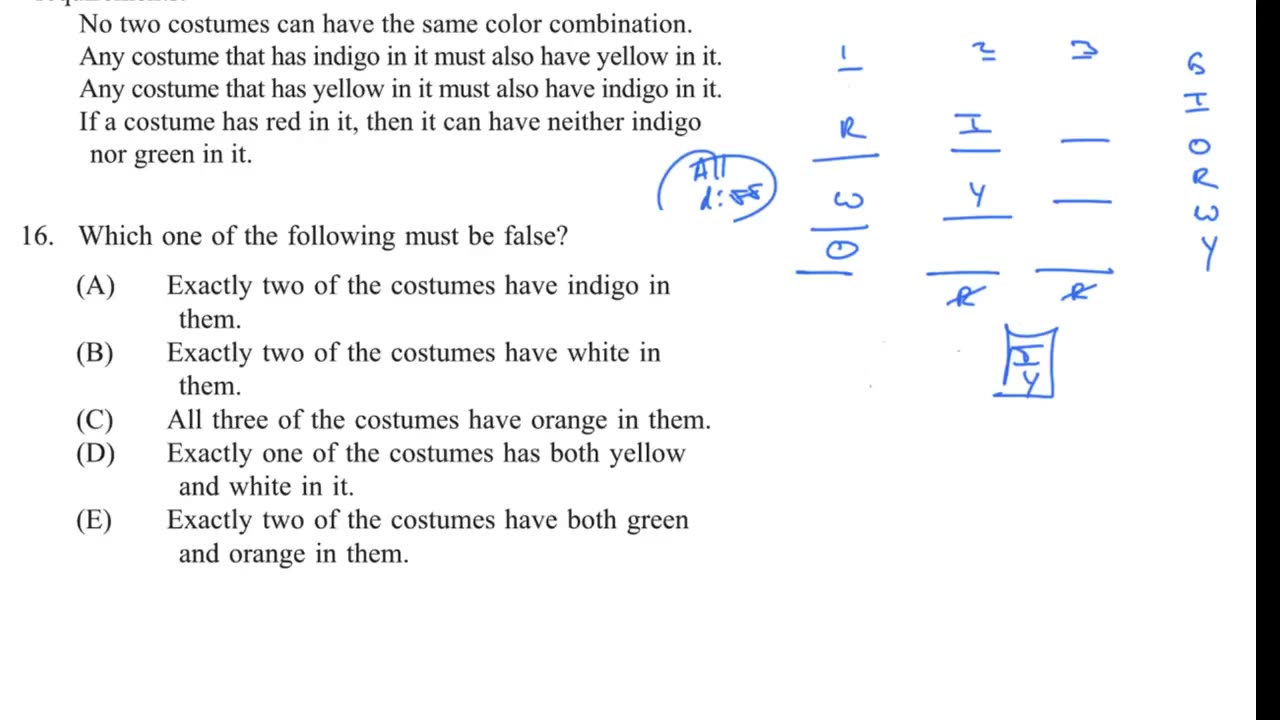Earlier, we mentioned that it is important to create a roster of the elements of a game. For characteristic games, however, the elements may be more straightforward, such as the months of the week, Monday through Friday, or the numbers one through seven, etc. For this game, the elements are five months, which we can simply number as one through five.
The different characteristics, however, may benefit from being abbreviated as we usually do in creating our rosters. In this case, we have a list of possibilities for each of the two characteristics:
Furniture = armchair, couch, loveseat, futon, and recliner
Fabric = floral, plaid, vertically striped, solid, and mixed.
Let’s just write these over in abbreviated form using only the first letter for each word:
Furniture = A, C, L, F, R
Fabric = f, p, v, s, m
Notice that we have used upper case letters for one list and lower case letters for the other, so we can keep the two characteristics separate. (Otherwise you might end up with trying to schedule things like a futon recliner or a floral plaid, instead of a floral futon and plaid recliner!)
Now that we have converted the lists to a more abbreviated form, what next? While there is not a single diagramming approach that works well for all characteristic games, these game problems are usually best solved with a matrix. A matrix can be thought of as a kind of chart that we create with the game’s elements in columns and the characteristics in rows (or vice versa, either direction will work). Again, this is easier to show than to describe. So, what would the matrix look like for the above sample game?
Let’s start by listing the game elements in a row across the top, and then list the characteristics along the left side, and then draw lines horizontally and vertically to form a grid.

















